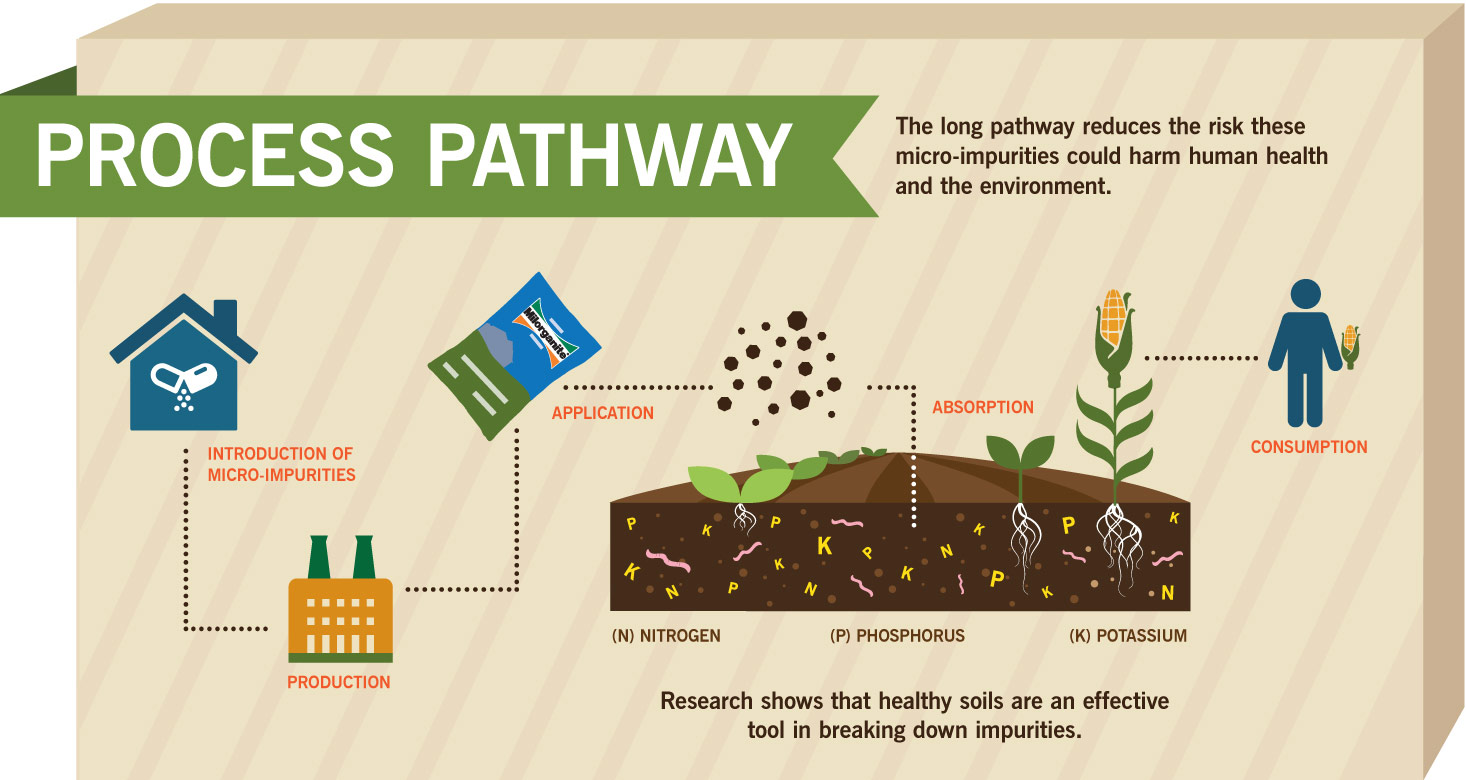Milorganite Plant and Lab Tour
- Gardening Expert and Host of Growing a Greener World®December 4, 2017

After observing several random comments over time on our site as well as others, it is clear that some people really have a few common misconceptions about Milorganite: mainly about what it’s made of and issues related to its safety of use.
So earlier this year, I decided to take a field trip to the source . I wanted to see for myself exactly how it was made and speak to the experts with specific questions I and many of my audience had about Milorganite. The plan was to do a video of my tour and document my conversation with company officials. Ultimately, we’d make all of that available online—no matter what the outcome.
In preparation for my trip, several months before my visit I posted a question to our 25,000+ Facebook audience. I invited them to comment back with what they specifically wanted to know about Milorganite. “No holding back”, I said.
It didn’t take long for the questions and comments to start coming in. Not surprising, some of the most common themes centered around the biggest misconception of what it’s made of. Spoiler alert; no—it’s not human poop in a bag—or even sewage sludge.
Other common questions and comments related to the concern that it contains lots of heavy metals and pharmaceuticals. Neither is true.
While it is true there are minute amounts of both, it’s important to look at those values in context as I’ve since learned. Moreover, looking at those values in a vacuum also prevents us from seeing the bigger reality—which is that many products that use water in the production of their product (including agriculture) likely include small amounts of metals and pharmaceuticals.
The issue is in making sure those levels are actively monitored, and those values remain as small as possible. While the complete absence of both would be ideal, it’s not realistic. Yet the trace amounts of both that appear in Milorganite are well below federal guidelines for metals and or university research on the micro-impurity concentrations of pharmaceuticals. On the day of my tour, my guide for the day was Jeff Spence; Milorganite Sales and Marketing Director. Right from the top, I learned more about Milorganite’s (and their parent company, the Milwaukee Metropolitan Water & Sewerage District) commitment to stewardship of water resources and their long term vision for protecting and improving how they’re utilized.
From there, we dove right into the most pressing questions, starting with what it was (and wasn’t made of). While the distinctive odor does lead one to wonder, Milorganite fertilizer is simply an aggregation of billions of introduced microbes into the wastewater stream (and long after any solids are filtered out). The granules are clusters of only those “bugs”, made possible through the introduction of a thickening agent that allows them to bind together into a particle size that works for common lawn and garden fertilizer spreaders.

Next, I learned that any risk of disease pathogens passing from the waste water further down the production line is quickly halted in the drying ovens.
Those serve two purposes. First, the ovens help evaporate any additional moisture from the fertilizer aggregates. Second, the very high temperatures make it impossible for disease pathogens to survive.
But what about the risk of heavy metals and pharmaceuticals? We took a walk over to the lab to see how Milorganite tests for that all day—every day. Daily samples of the product are extracted and put to the test.
While it was clear to me, Milorganite’s testing methods are thorough and frequent, as a gardener, I would still love to see testing results that showed no presence of unintended ingredients. Yet it does help to understand all of this in the context of how these readings relate to what’s considered acceptable. As for Milorganite’s levels, they’re impressive.
The other takeaway for me was the reminder of the long path that the Milorganite granules take, once in the soil, and before they’re ever taken up by the plants and used as nutrients.
While a thorough understanding of soil science would help here, suffice it to say that for every piece of Milorganite granule hitting the soil, sooner or later, billions of other soil microbes and members of the soil food web, from bacteria and fungi, to small insects and earthworms already present, are consuming, digesting and breaking down these particles even more. In turn, they’re excreted back in a soluble form that plants can use.

The bottom line is that by the time nutrients are taken up by plant roots, there has been a long path of degradation, deactivation, and / or neutralization of introduced products. In one study, university research found micro-impurity concentrations were extremely low in Milorganite, and a 154-pound person could eat up to 1,249 pounds of corn a day without any adverse effect.
As a bit of a self-admitted soil geek myself, this was a good reminder to alleviate any concerns about the potential for even trace products amounting to anything of adverse impact within the plant or fruit, as university research indicates.
While I’ve been a long-time user of Milorganite, having such a thorough behind-the-scenes and unfettered access to asking the tough questions, gave me even more confidence and comfort in using their product for all my lawn and gardening applications.

